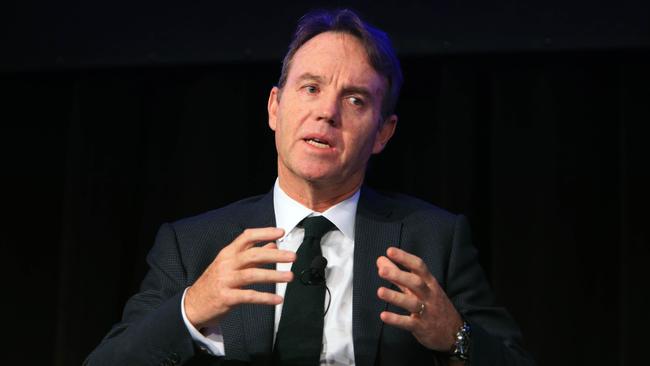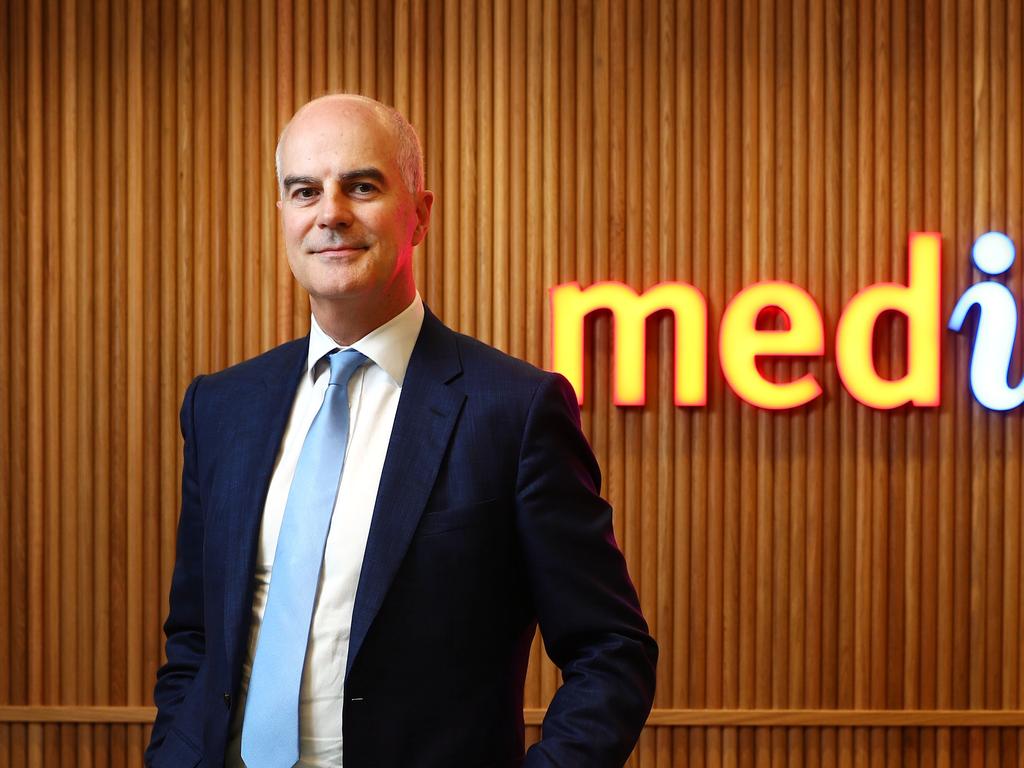Health insurers see overall profit cut in half as 11 funds sink into the red
Almost a third of Australia’s health insurers operated at a loss in the past financial year, with industry profit halving to $723m.

Almost a third of Australia’s health insurers operated at a loss in the past financial year, with industry profit halving to $723m as the financial regulator diagnoses an anaemic outlook in the near-term as funds continue to reel from COVID-19.
The Australian Prudential Regulatory Authority has released its annual report into private health insurers, which shows 11 of the country’s 37 health insurers have sunk into the red, with the COVID-19 pandemic hitting mainly mid-tier and smaller insurers including CBHS, HCF, and Latrobe.
This compares with only five insurers operating at a loss in 2019. Revenue from policyholders remained steady across the industry at $25bn but investment revenue collapsed 69 per cent to about $150m as global share markets faced their worst rout in 30 years in March.
Medibank strengthened its dominance as Australia’s biggest health insurer, gaining 0.6 points to account for 26.9 per cent of the overall market. Bupa, despite easing 0.8 points, maintained its spot as the second biggest insurer, with a 25.4 per cent share.
The poor performance of smaller insurers and continued dominance of bigger funds adds to warnings of the sector facing significant consolidation in coming years.
Goldman Sachs analysts Ashley Dalziell and Gerardo Covarrubias said the industry wasn’t in the best of health in regard to profitability and the near-term outlook remained uncertain.
“In assessing key margin drivers through the year, policy downgrading remained a broad based headwind, with achieved revenue growth continuing to lag approved increases despite lower rate increases,” the pair wrote in a research note. “While there was fairly broad based deterioration in profitability through FY20, the fallout from COVID remains tough to call with varying takes on the level of claims catch up across the industry, the prospect of underutilization of COVID provisions, uncertainty around how a softer macro outlook may impact policyholder and claims trends plus.”
Macquarie analysts said: “The earnings gap between for-profit and not-for-profit funds is expanding with multiple not-for-profits incurring Liability Adequacy Test deficiencies.
“For-profit funds reported pre-tax margins of about 660 basis points higher on average than not-for-profits in FY20 (about 140 basis points above in FY19).
“However, our analysis suggests that after normalising for differing capital structures, tax and business mix, listed funds are not over earning. As such we also conclude reduced health fund profitability is not a viable solution in response to affordability concerns in the PHI market.”
Medibank and other insurers have said expected gains from elective surgery cancellations and delays from early in the pandemic had failed to eventuate — and APRA has warned insurers not bank savings, saying they should have enough capital to cover a backlog of claims once the pandemic eases.
Medibank has set aside $297m to fund deferred claims, and if that proved to be misforecast, chief executive Craig Drummond said the insurer would return any savings to customers. Similarly, NIB has made a $98.8m provision in its accounts to fund a backlog of claims. But Macquarie analysts said the provisions were based on a “kaleidoscope of claims catch-up assumptions”.
“Every insurer included different deferred claims assumptions in their June 2020 financial statements, with few matching these assumptions to those in their APRA filings. Australian Unity and NHF are assuming the smallest amount of claims catch-up while HBF and CBHS both provisioned for 100 per cent catch-up for hospital and ancillary claims.”
APRA executive Geoff Summerhayes warned in February that consolidation among private health insurers was inevitable unless “whole-of-industry response” is taken. “Over a number of years, the government has undertaken a range of reforms and measures designed to support the industry … despite this help, insurers have been unable to halt or reverse the broader trends,” he said.






To join the conversation, please log in. Don't have an account? Register
Join the conversation, you are commenting as Logout